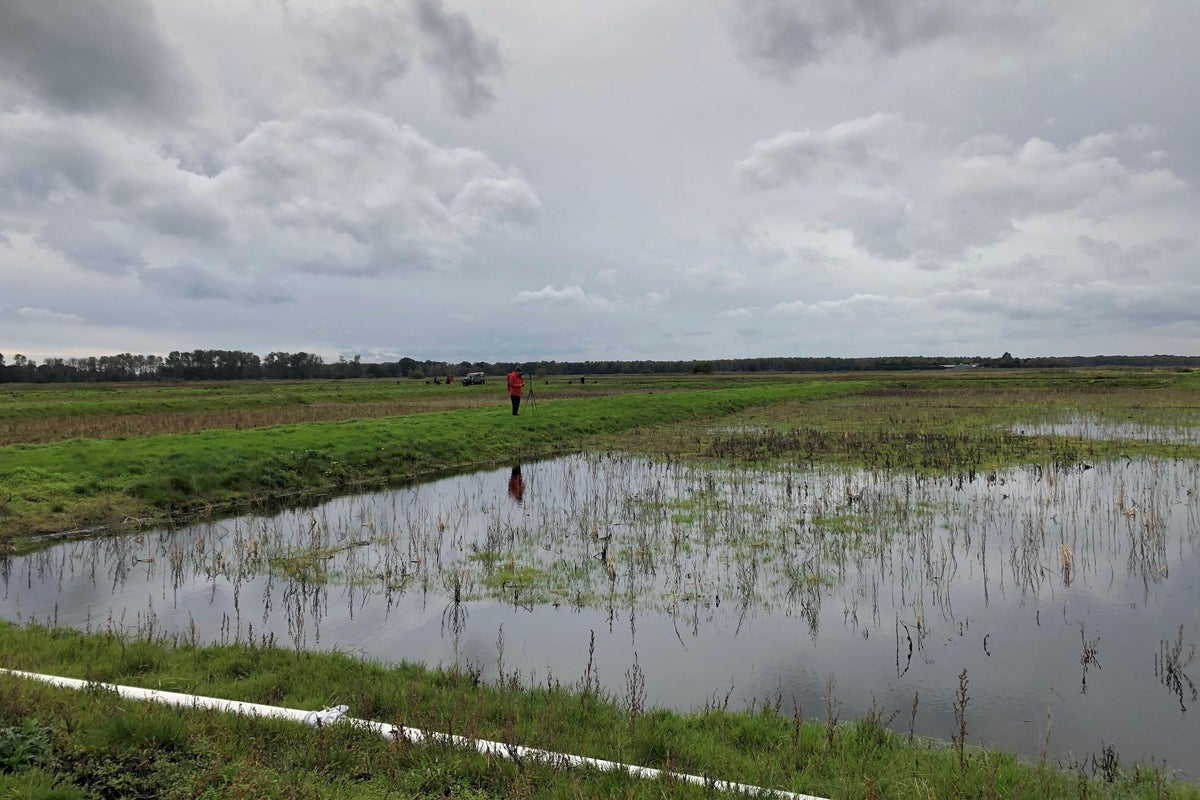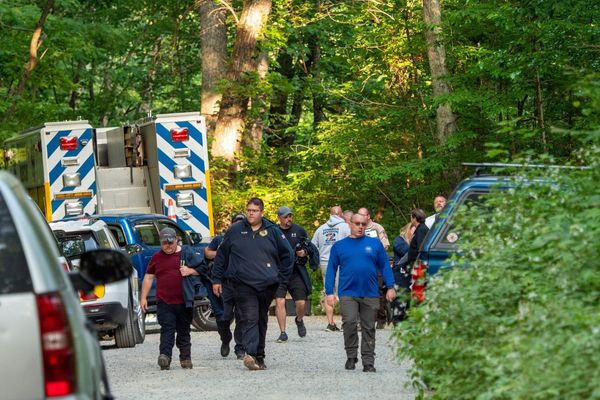
England’s peatlands have been mapped for the first time to aid their recovery as the data reveals 80% to be dry and degraded.
Scientists have used satellite imagery, artificial intelligence and in-depth data analysis to create the most complete map of England’s peatland and peaty soils to date, the Environment Department (Defra) said.
As vital carbon sinks, healthy peatlands can help tackle climate change, reduce flood risk, improve water quality and support rare wildlife, including the golden plover, curlews and 25 species of dragonflies.
The open source map, launched on the Government’s website on Monday, models the extent, depth and important aspects of the condition of England’s peat, including vegetation, gullies and man-made as well as natural draining channels.
It found that peaty soil covers roughly 8.5% of England’s surface while the most extensive peatland habitat is found across the Pennines, North York Moors, parts of the Lake District, and in the uplands of the South West.
However, four-fifths of England’s peatlands were also revealed to be in a dry and degraded state.
Three-quarters are covered by plants and land use types associated with dryer conditions such as heather, while only 1% is covered by important peat-forming plants such as sphagnum moss, the map shows.
The Government said the findings present a worrying picture, with degraded peat emitting carbon into the atmosphere and contributing to global heating.
But ministers argued that understanding how much peat England has marks the first step to calculating how much carbon it holds and how much it is releasing.
Land managers are encouraged to use the map to better understand and restore peatland – through measures such as blocking drainage channels to re-wet the land – and to support decision-making on balancing biodiversity and carbon storage with food security.
Dr Sallie Bailey, Natural England’s chief scientist, said “Trying to map something that’s largely underground, changes in volume depending whether it’s rained recently, and tries to swallow you up every time you set foot in it comes with its challenges, which makes this map extraordinary in its accomplishment and something of a global first.
“Mapping peat to this level of detail will help us maximise the benefits of peat and massively advances our understanding the role our peatlands are playing in a changing climate.”
Tony Juniper, chairman of Natural England, said “The benefits of healthy peatlands are well documented – they are our biggest natural carbon stores, essential to the water cycle, and refuge to some of our rarest plants and wildlife, such as the carnivorous sundew plant, marsh violet, and charismatic birds like golden plover and curlew.
“The England Peat Map will allow us to make far better and more informed decisions when it comes to managing peatlands – targeting restoration efforts to the most degraded peat and identifying the best opportunities for nature recovery.”
Caroline Thorogood, the National Trust’s lead for peatlands, said: “The data in the map will help us take a significant step forward to more accurately map peatlands that we own and care for in England and understand their condition.
“This will allow us to better identify priorities and action future work to recover our precious peatlands, helping nature thrive and providing benefits such as carbon storage and water regulation.”
Warning over low funding to tackle invasive species damaging British wildlife
The geoengineering Britain is funding feels like a last resort
Ratify ocean treaty and ban destructive fishing in protected areas, PM urged
Drought risk warning issued after England’s driest start to spring since 1956
The future of bananas is under threat
Bananas under threat as rising temperatures killing crops – report







